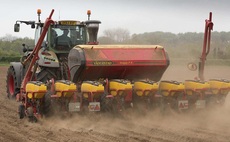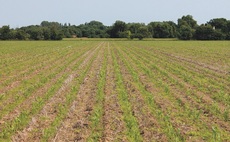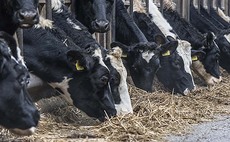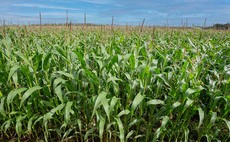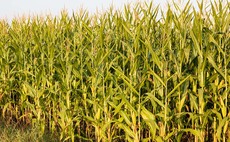Maize
Arable
Looking to improve his dairy herd’s yield and production efficiencies, Nigel Harper has been able to boost milk production from home-grown forage, with maize silage now accounting for a larger proportion of the herd’s total mixed ration diet.
Livestock
Maize trials carried out at the Carlisle Regional Technology Centre, at Smalmstown Farm, Longtown, have shed a new light on the use of narrow film.
Arable
Growing maize instead of underproductive grass could help farmers improve forage output per hectare and, in doing so, boost profitability and survivability.
Arable
A dry spring followed by plenty of rain meant maize drilling was a game of two halves in 2021, with those waiting to drill early maturing varieties largely rewarded with better crops.
Arable
Incorporating maize into arable rotations can help control problematic weeds, while creating a low input, high value cash crop comparing favourably with feed wheat.
Arable
With maize drilling likely to start in less than 10 weeks, now is the time to finalise the details of managing the crop.
Arable
Choosing the right varieties of maize to facilitate early harvesting, while also maximising yield and feed value, is essential to maintain herd performance and minimise damage to soils.
Arable
As the weather turned wet in early October, the 2020 maize harvest could be described as a tale of two halves.
Arable
Farmers who selected an early maturing maize variety this year will be reflecting on a timely harvest and looking forward to high feed quality from their 2020 crop.
Arable
Maize is a valued component of dairy and beef rations and maximising its feed value and minimising wastage will contribute to reduced feed costs and improved performance.
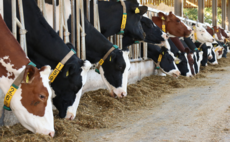
 13 December 2022
•
7 min read
13 December 2022
•
7 min read


